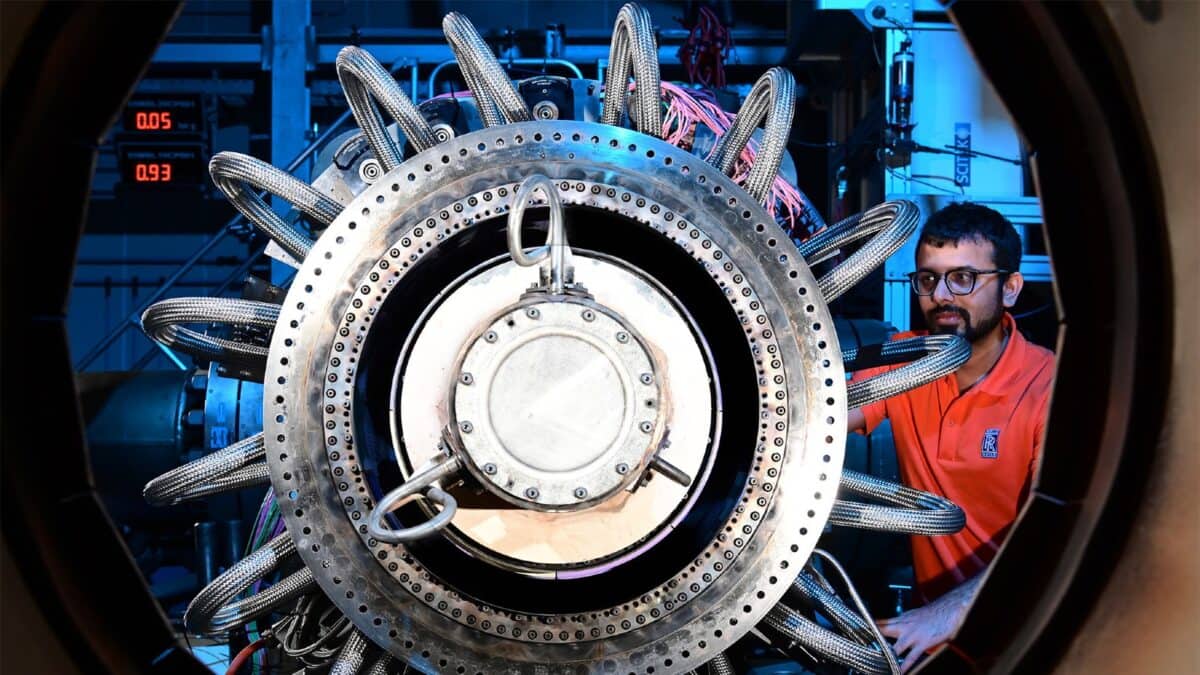Since October 2020, six months after Boris Johnson told everyone to stay at home due to the pandemic, the Rolls-Royce (LSE:RR.) share price has increased tenfold.
That’s a remarkable turnaround for a company whose civil aerospace division was nearly wiped out by Covid-19. The single biggest source of revenue for the group is income earned for every hour that one of its engines is being used by an aircraft. No flights meant no money coming in.
During the year ended 31 December 2020 (FY20), the number of hours flown was 6.6m. But during FY23, large-engine flying hours were 13.5m. This is expected to increase to 16.4m, in FY25.
Other fashionable stocks
It was during the pandemic that meme stocks first came to prominence.
Thumbing their noses at the establishment, small-scale private investors used social media to identify unloved stocks and pushed their share prices rapidly higher. The result was an increasing mismatch between the stock market valuation of these companies and their underlying financial performance.
And while my tongue is firmly in my cheek when I suggest that the Rolls-Royce share price is at meme stock levels — after all, it’s ‘only’ 28% higher than it was in March 2019 — I think the company’s market cap is on the high side.
A possible valuation
In FY23, the company reported earnings per share (EPS) of 13.75p. Based on a current share price of 388p, this gives a price-to-earnings ratio (P/E) of 28.
For comparison, it’s the same as Apple‘s.
But stock prices are supposed to reflect future earnings so it’s important to look at forecasts when assessing whether a company is fairly valued. Rolls-Royce expects its operating profit to be £1.7bn-£2bn in FY24, compared to £1.59bn, in FY23.
An EPS range of 14.5p-17.3p would give a P/E ratio of 21.6-25.8. This is still on the high side. It appears to me that Rolls-Royce is an engineering company (it frequently refers to its “expertise” in the field) with a tech stock valuation.
Other engineering companies
The earnings multiples of the other FTSE 100 engineering companies vary widely, but most are lower than Rolls-Royce’s.
The four in the index — and their P/E ratios — are IMI (14.9), Weir Group (16), Smiths Group (16.5) and Spirax-Sarco Engineering (27.2).
Taking the average of these (18.7), and applying this to the mid-point of Rolls-Royce’s profit forecast for FY24 (EPS of 16p), would imply a stock market valuation of £25.2bn.
That’s 30% lower than its current market cap.
Final thoughts
It might sound as though I’m not a big fan of Rolls-Royce, but the opposite is true. I think it’s a great company with a strong brand and an excellent reputation for quality. But I don’t want to invest at the moment because I feel its stock is expensive. There are others offering better value.
In 2019, its EPS (15.9p) was higher than for FY23, and yet its stock market valuation was far lower than it is today.
And if I did own shares in the company, I’d want to receive a dividend. It returned 11.7p a share in 2019 but zero last year.
Even Apple’s stock is currently yielding 0.6%. The other FTSE 100 engineering companies are offering returns of 1.6%-2.6%. I admit these aren’t particularly generous but they’re better than nothing.







